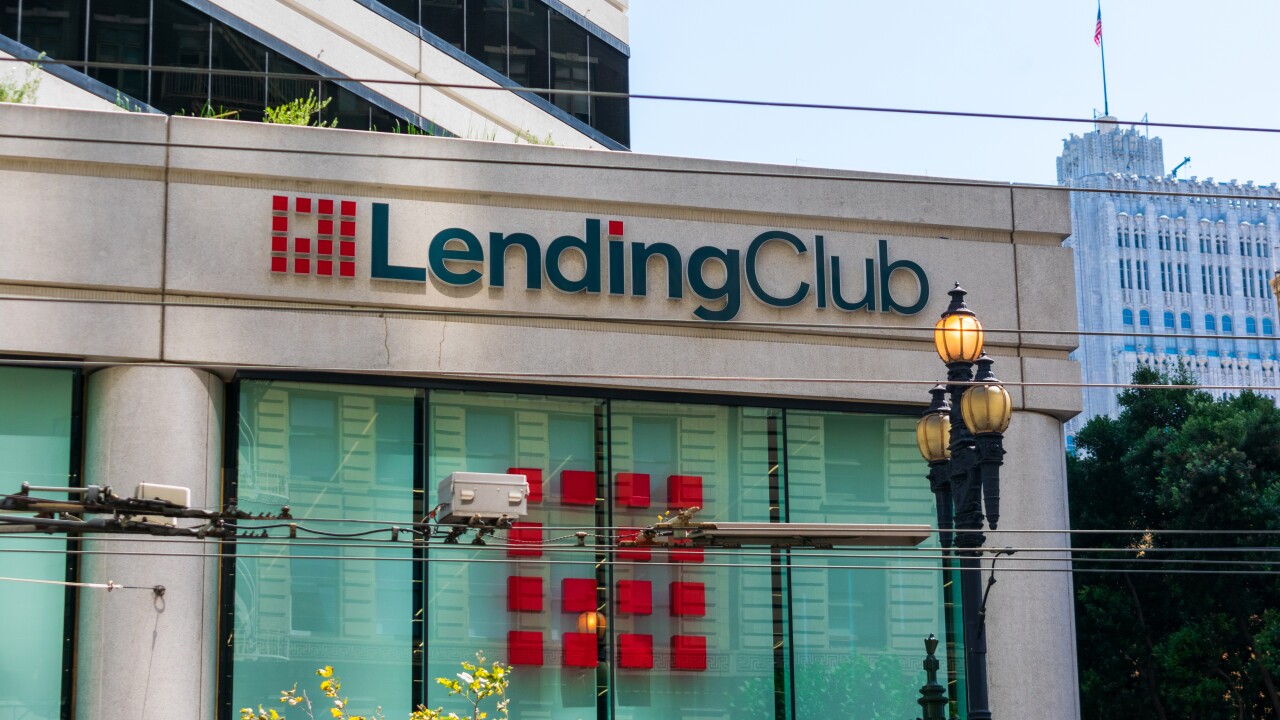Lawmakers from both parties are turning up the heat on the Small Business Administration over the agency's proposal to
At a
Now, Velazquez, along with Rep. Steve Chabot, R-Ohio, the committee’s ranking Republican, and Rep. Kevin Hern, R-Okla., the ranking Republican on the Subcommittee on Economic Growth, Taxation and Capital Access, is asking for a Government Accountability Office study of the SBA’s math behind the subsidy request.
Rep. Andy Kim, D-N.J., chair of the Subcommittee on Economic Growth, Taxation and Capital Access, also signed the May 6 letter to Comptroller General Gene Dodaro.
“We are surprised and concerned about SBA’s estimates,” the lawmakers wrote. “It’s unclear how macroeconomic assumptions or expected changes in borrower behavior enter into SBA’s estimates. More generally, greater transparency is needed to determine whether [they] are reasonable.”
The potential impasse could have weighty consequences. Unless the SBA amends its subsidy finding, or lawmakers approve an appropriation or an increase in fees, the 7(a) program would be forced to shut down on Oct. 1.
Specifically, lawmakers want the GAO to look into the SBA's modeling and how it "incorporated model assumptions such as those for the state of the economy and the performance of SBA 7(a) loans."

The conflict was triggered by the SBA's 2020 budget request. The agency asked Congress for authority to increase upfront fees on loans of $500,000 to $700,000 by 50 basis points, to 3.5% of the loan amount. The SBA also requested a 25-basis-point increase in upfront fees on loans greater than $1.5 million, and for loans under a year in duration, to 3.75% and 0.50%, respectively.
The agency also want to raise the ongoing annual fee for loans greater than $1.5 million by 14 basis points, to 0.69%.
The SBA charges an upfront fee when a loan closes and an annual fee as long as it stays on the books.
The Small Business Committee letter was made public late Monday. The SBA declined to comment.
Even before the letter’s release, scant progress had been made bridging the budget divide between Congress and the SBA.
“To the best of our knowledge, neither SBA nor the [Trump] Administration has modified the budget request or responded to [lawmakers’] request for more information,” said Tony Wilkinson, president and CEO of the National Association of Government Guaranteed Lenders.
The SBA has statutory authority to set the 7(a) subsidy level. For the last six fiscal years, it has been set at zero, meaning fees paid by banks and lenders produced sufficient revenue to cover credit costs.
For the 2020 fiscal year, which begins Oct. 1, the SBA is estimating an additional $99 million will be needed to offset an expected uptick in problem loans.
"Due to a refinement of the model to increase precision for estimating purchase amounts and sensitivities of the model related to long-term macroeconomic assumption, the 7(a) program will not operate at zero subsidy in FY 2020 under current law,” the agency said in justifying its request.
The SBA does not lend directly under 7(a). Rather, it provides guarantees of 50% to 85% on loans made by approved lenders.
Purchase amounts, or the payments the SBA makes to lenders when a guaranteed loan defaults, have been declining for years. The purchase rate fell to 0.51% of the 7(a) program’s $93.8 billion unpaid principal balance during the first half of the 2019 fiscal year. The rate was 0.85% in the 2018 fiscal year.
More than 1,600 banks and nearly 200 credit unions are active 7(a) lenders, but a shutdown could test the program’s popularity. It was





